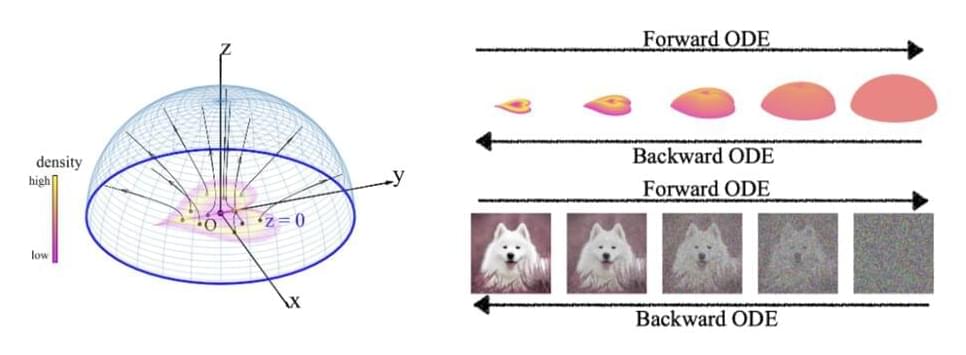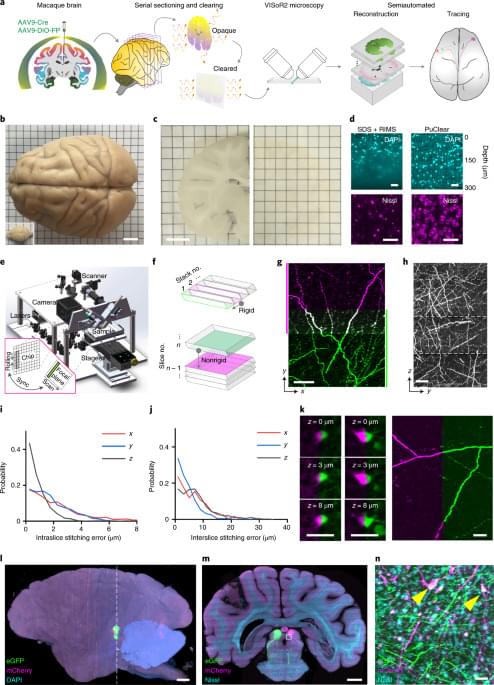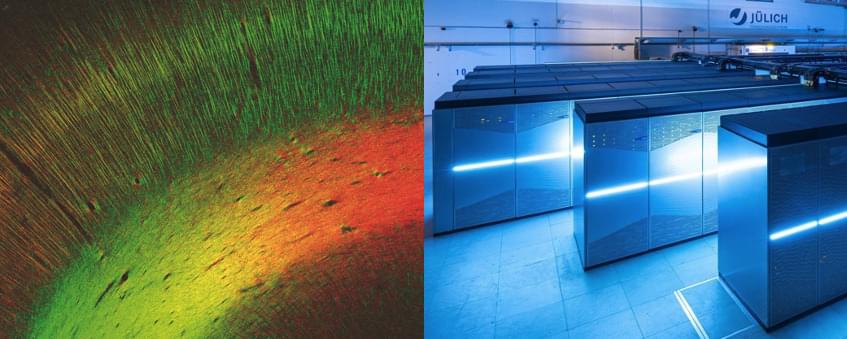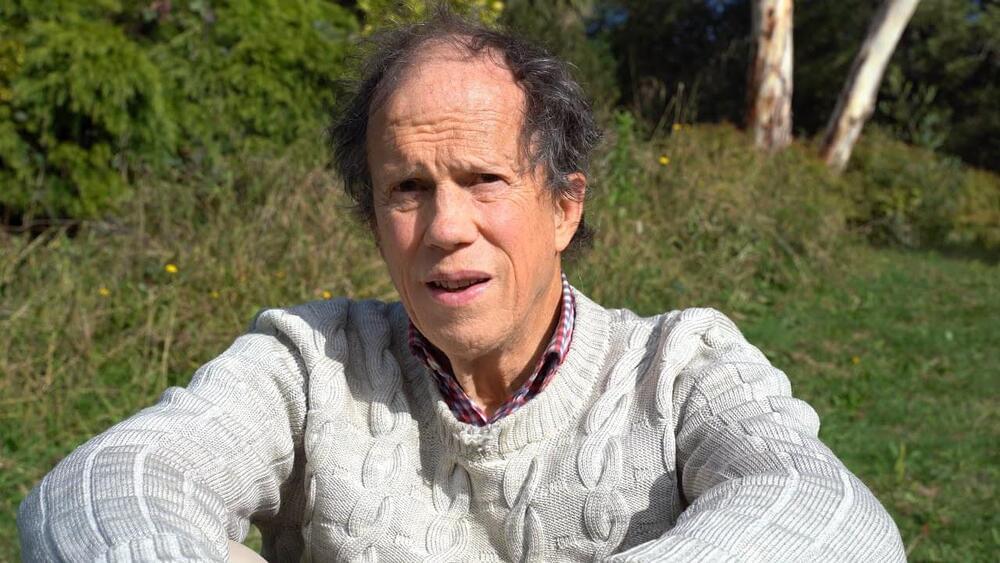
Light-pulse matter-wave interferometers exploit the quantized momentum kick given to atoms during absorption and emission of light to split atomic wave packets so that they traverse distinct spatial paths at the same time. Additional momentum kicks then return the atoms to the same point in space to interfere the two matter-wave wave packets. The key to the precision of these devices is the encoding of information in the phase ϕ that appears in the superposition of the two quantum trajectories within the interferometer. This phase must be estimated from quantum measurements to extract the desired information. For N atoms, the phase estimation is fundamentally limited by the independent quantum collapse of each atom to an r.m.s. angular uncertainty \(\Delta {\theta }_{{\rm{SQL}}}=1/\sqrt{N}\) rad, known as the standard quantum limit (SQL)2.
Here we demonstrate a matter-wave interferometer31,32 with a directly observed interferometric phase noise below the SQL, a result that combines two of the most striking features of quantum mechanics: the concept that a particle can appear to be in two places at once and entanglement between distinct particles. This work is also a harbinger of future quantum many-body simulations with cavities26,27,28,29 that will explore beyond mean-field physics by directly modifying and probing quantum fluctuations or in which the quantum measurement process induces a phase transition30.
Quantum entanglement between the atoms allows the atoms to conspire together to reduce their total quantum noise relative to their total signal1,3. Such entanglement has been generated between atoms using direct collisional33,34,35,36,37,38,39 or Coulomb40,41 interactions, including relative atom number squeezing between matter waves in spatially separated traps33,35,39 and mapping of internal entanglement onto the relative atom number in different momentum states42. A trapped matter-wave interferometer with relative number squeezing was realized in ref. 35, but the interferometer’s phase was antisqueezed and thus the phase resolution was above the SQL.


















